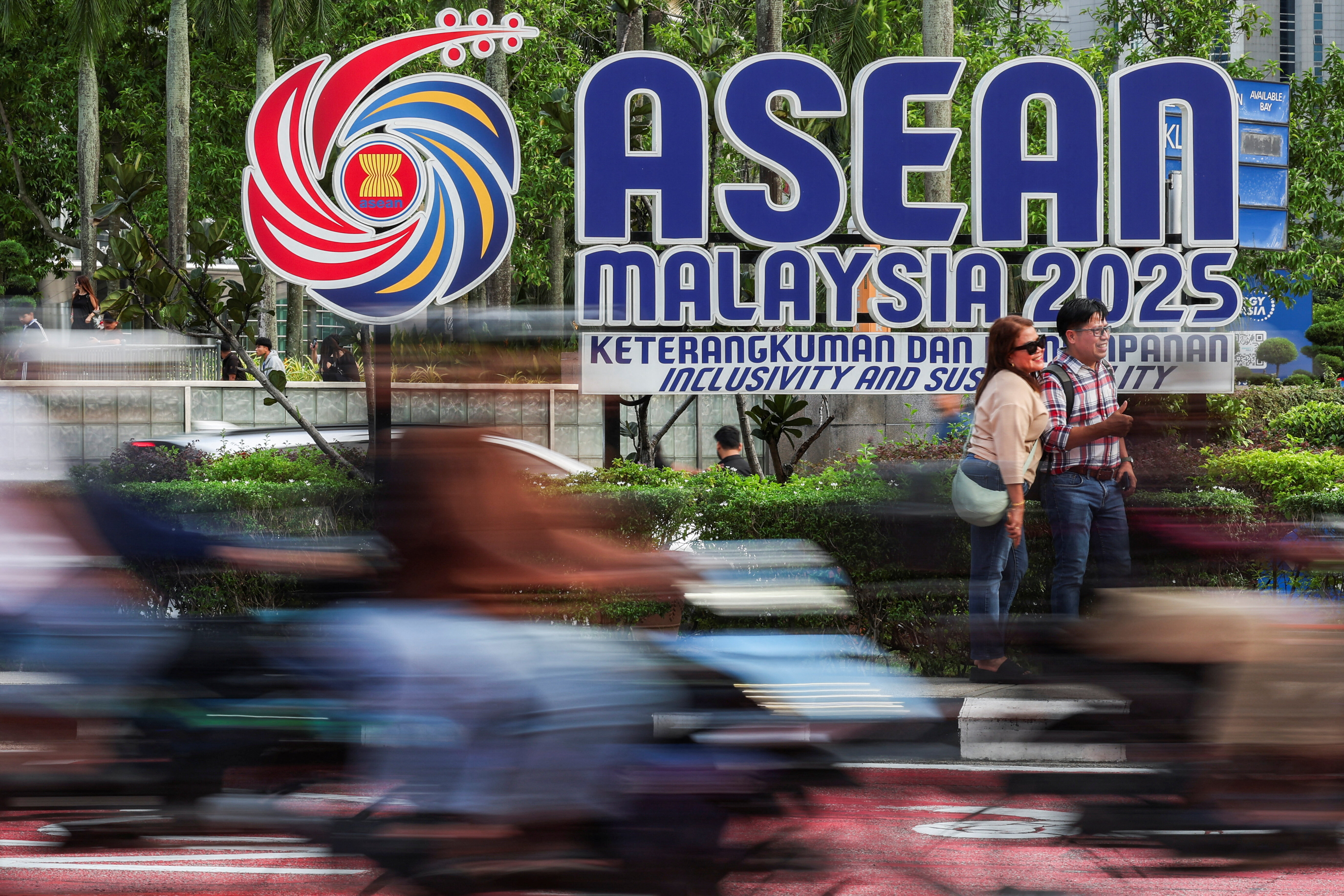Where labour costs the most (and least) in the European Union

Non-wage costs were 24% in the EU and ranged from 6% in Malta to 33% in France. Image: REUTERS/Tony Gentile
The difference between the European Union’s most costly labour and its cheapest might surprise you.
At more than 38 euros, or $42, the spread is fairly wide, bookmarked at one end by Bulgaria, where workers cost 5.4 euros per hour, or around $6, and at the other by Denmark, at 43.5 euros, or nearly $49 dollars.

Labour costs are an important tool for understanding the relationship between work and the economy and can give an indication of the relative cost of doing business in various locations. They may also be set to change as Globalization 4.0 advances and technology revolutionizes the workplace and the roles available.
The Eurostat data showed that in 2018, average hourly labour costs – wages, salaries, bonuses together with non-wage costs of employment – in the European Union were 27.4 euros, or almost $31, and 30.6 euros ($34) in the euro area.
Other nations with low rates were Romania, Lithuania and Latvia, while those at the high end included Luxembourg, Belgium, Sweden and the Netherlands.
Non-wage costs, including employers’ social contributions and employment taxes, also varied. The share of non-wage costs was 24% in the EU and ranged from 6% in Malta to 33% in France.
Are US workers cheaper to employ?

Separate data from the US Bureau of Labor Statistics shows compensation costs among private industry employers averaged $34 per hour worked in December 2018. Wages and salaries made up 70% of these costs, while benefits accounted for the rest.
This data also showed regional differences – with the north-east being the most costly and the south the cheapest.
Don't miss any update on this topic
Create a free account and access your personalized content collection with our latest publications and analyses.
License and Republishing
World Economic Forum articles may be republished in accordance with the Creative Commons Attribution-NonCommercial-NoDerivatives 4.0 International Public License, and in accordance with our Terms of Use.
The views expressed in this article are those of the author alone and not the World Economic Forum.
Stay up to date:
European Union
Related topics:
Forum Stories newsletter
Bringing you weekly curated insights and analysis on the global issues that matter.
More on Geographies in DepthSee all
Naoko Tochibayashi
October 30, 2025






